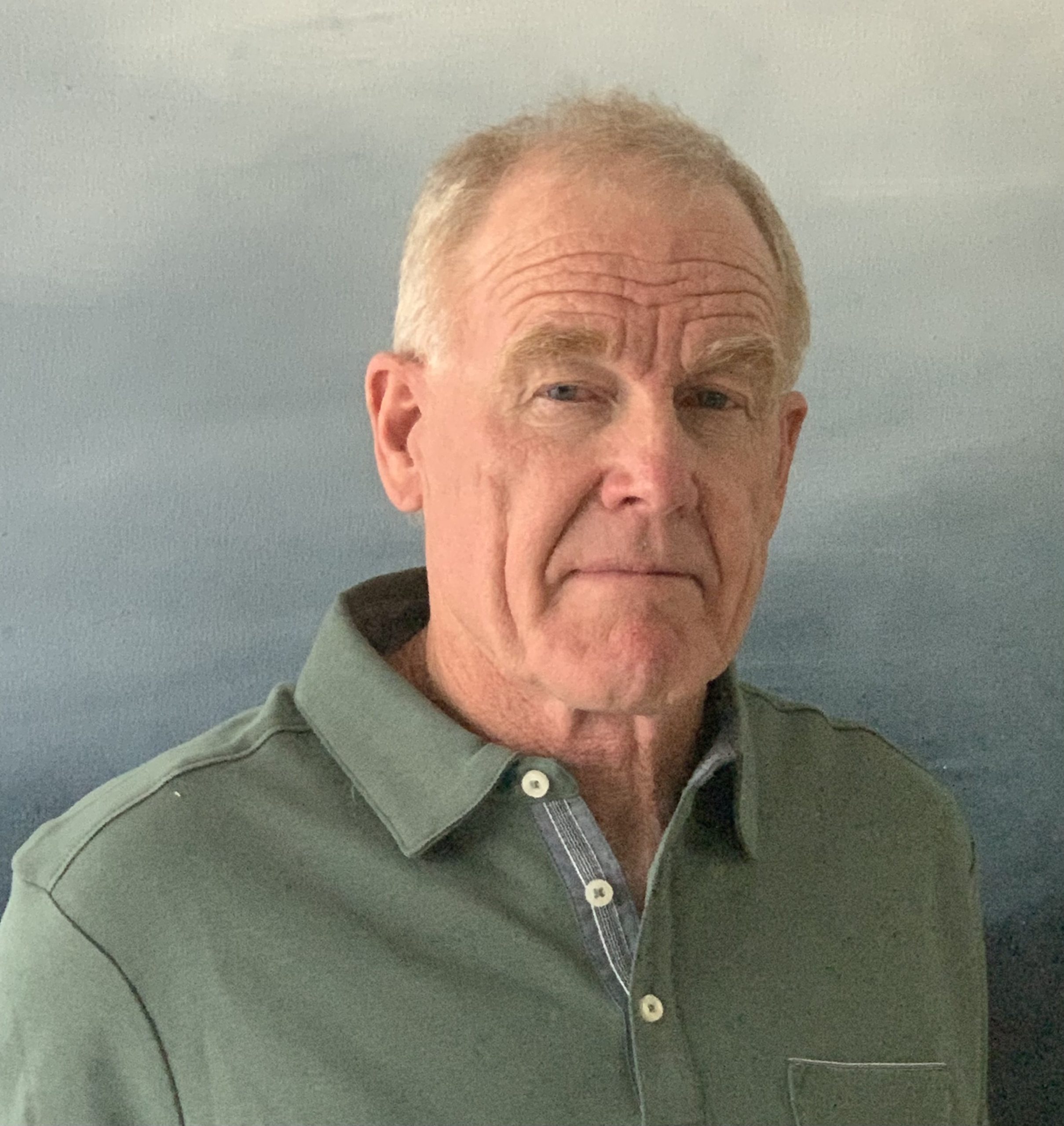[Lt Gen Rod Bishop USA (ret) and MG Joe Arbuckle USA (ret) assisted with this article.]
The 2023 National Defense Authorization Act (NDAA) rescinded the DOD’s mandatory Covid 19 vaccine policy, providing an opportunity to refocus the military on its primary responsibilities and objectives. With recruitment goals at a 50-year low and desperate hopes that the “Top Gun” sequel would regenerate the desire to serve, it serves no purpose to compound the crisis by punishing those who in good faith refused to receive an experimental vaccine.
From the outset the vaccine program has been controversial and fraught with ambiguity. Members of the armed services, who are young and healthy, bear little risk of severe disease, and the vaccine does not protect them against infection or transmission. The normal 10-year safety trial period for gene therapy products was condensed to months, and soon the mRNA vaccine garnered a higher incidence of adverse side effects than all other vaccines combined since 1990.
Efficacy questions aside, from the initiation of the DOD vaccine program in August 2021 until its conclusion in January 2023, confusion and mixed messages relating to its legality abounded within the armed services. Which vaccine product was actually administered—the FDA-approved Comirnaty version ordered by Defense Secretary Lloyd Austin or the Bio-N-Tech Emergency Use Authorization (EUA) product? Unknown to most military service members, the legal Comirnaty vaccine was unavailable to the public, so in defiance of Austin’s directive, the DOD instituted a comprehensive vaccine program using the illegal EUA version.
On Jan 10, 2023 the Secretary of Defense formally annulled the vaccine mandate for members serving in the military, but failed to address the 8,100 service men and women already discharged for refusing the vaccine, 46 percent of whom received honorable discharges and 54 percent general discharge under honorable conditions. Enlisted personnel, who represent most of those separated, generally lack the financial resources and access to legal assistance to contest DOD action.
In the aftermath of the NDAA, the DOD continues to construct obstacles for those service members who have not received the Covid vaccine. In his testimony to Congress, Under Secretary of Defense Gilbert Cisneros, who launched his political career after winning the $266 million Mega Million jackpot in 2010, stated that 16,000 active duty members could be separated unless they apply for an exemption. This is not a necessary condition if the vaccine is no longer required under the new law. A Navy military separations board concluded in May 2022 that the plaintiff was within his rights to refuse vaccination without requesting an exemption, since the FDA-approved Comirnaty vaccine was not available.
In a February 2023 memo from the Office of the Secretary of Defense to Congressmen Jim Banks and Mike Rogers, Secretary Cisneros acknowledged the DOD’s intent to impose impediments to both separated and active duty personnel who refused the Covid vaccine. He cited the act of refusing to obey lawful orders and existing laws as the justification for the hardline policy.
Specifically, separated members by law with few exceptions must refund unearned bonuses and incentive pay and are not eligible for back pay. The DOD will not proactively assist members to correct records or return to active duty. The DOD will not establish a blanket waiver for those who did not request a vaccine exemption, but assess each on a laborious case-by-case basis.
Patriotism, adventure, camaraderie, and family tradition motivate men and women to risk their lives and spend long periods of time away from loved ones—all for long hours and modest pay. As this pool dwindles to dangerously low proportions, the DOD elects to fight a battle that antagonizes those who profess this ethos.
What is to be gained when at best the defense establishment will achieve a Pyrrhic victory? The DOD’s stance that the failure to comply with an order to receive a EUA vaccine with a high risk-to-benefit profile is equivalent to refusing a combat order provides further evidence of the rigid, unrealistic personnel policies promulgated by highest levels of leadership.
The lack of trust in senior military leadership has been identified as the biggest threat to national security. Disengagement from the welfare of subordinates and dishonesty are two factors which have eroded the military’s image in the eyes of the public. Recently STARRS, a military-oriented organization based on the precepts of “Ability not Appearance, Unity not Division, and Service not Self,” compiled a 24-page list of quotations, “What Military People Are Saying.”
The observations are painful to read, as the respondents give reasons why they no longer choose to serve in the military or why they would not recommend it as a career. The DOD’s mandatory Covid vaccine policy and the failure to consider religious accommodations are frequently cited.
General Colin Powell observed, “Leadership is solving problems. The day soldiers stop bringing you their problems is the day you have stopped leading them. They have either lost confidence that you can help or concluded you do not care. Either is a failure of leadership.”
Intransigence and the propensity to deny fault represent a command style that will not reverse the current recruiting catastrophe or the ability of the military to fulfill its mission. Soldiers, sailors, and airmen are among the nation’s most valuable assets, and they are choosing to leave the ranks or select alternate professions.
The DOD mismanaged the Covid mandatory vaccine program, which degraded morale and negatively affected recruitment goals. Now is the time to rectify these abuses and welcome rather than punish those men and women who choose to serve the country but exercised their rights under the Nuremberg Code. Exerting financial pressure, failing to offer administrative services, and ostracizing these service members will discourage enlistments and further erode the public’s confidence in the United States military.
Join the conversation:


Published under a Creative Commons Attribution 4.0 International License
For reprints, please set the canonical link back to the original Brownstone Institute Article and Author.









